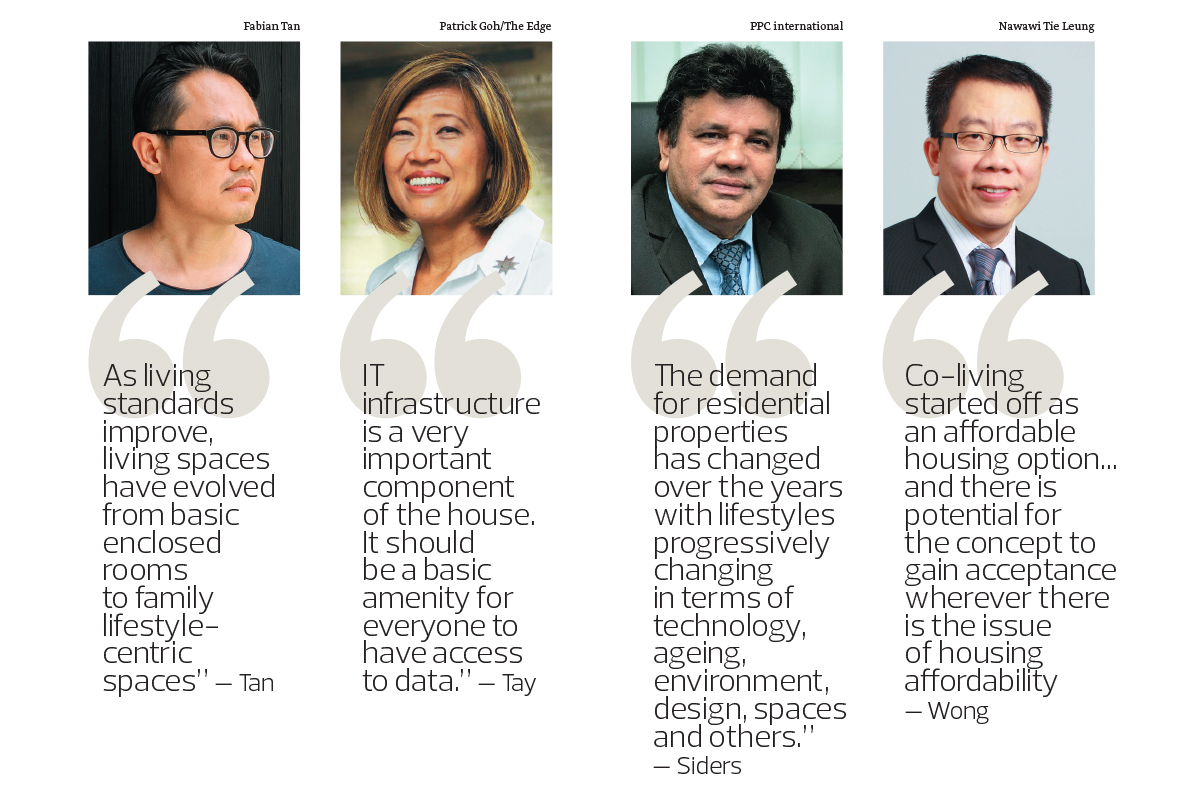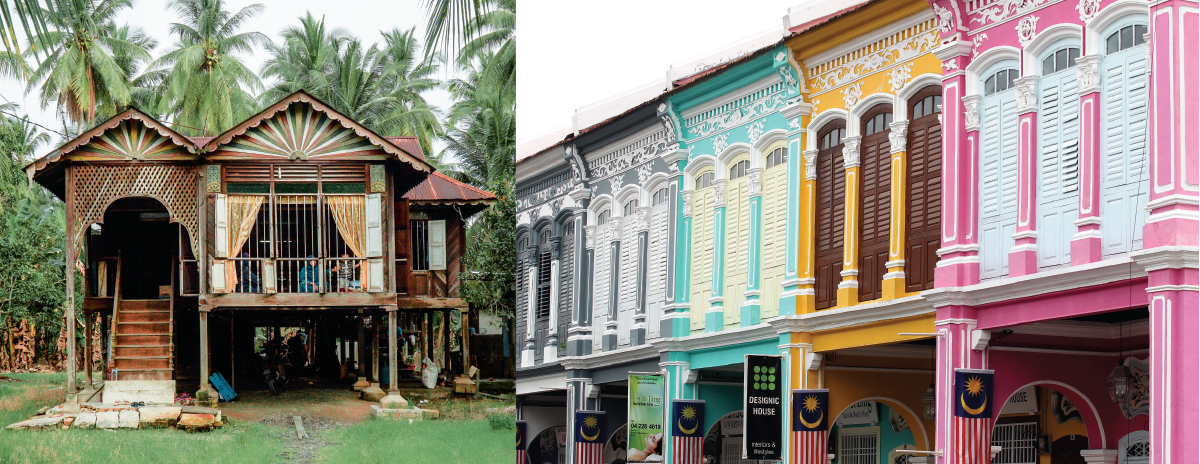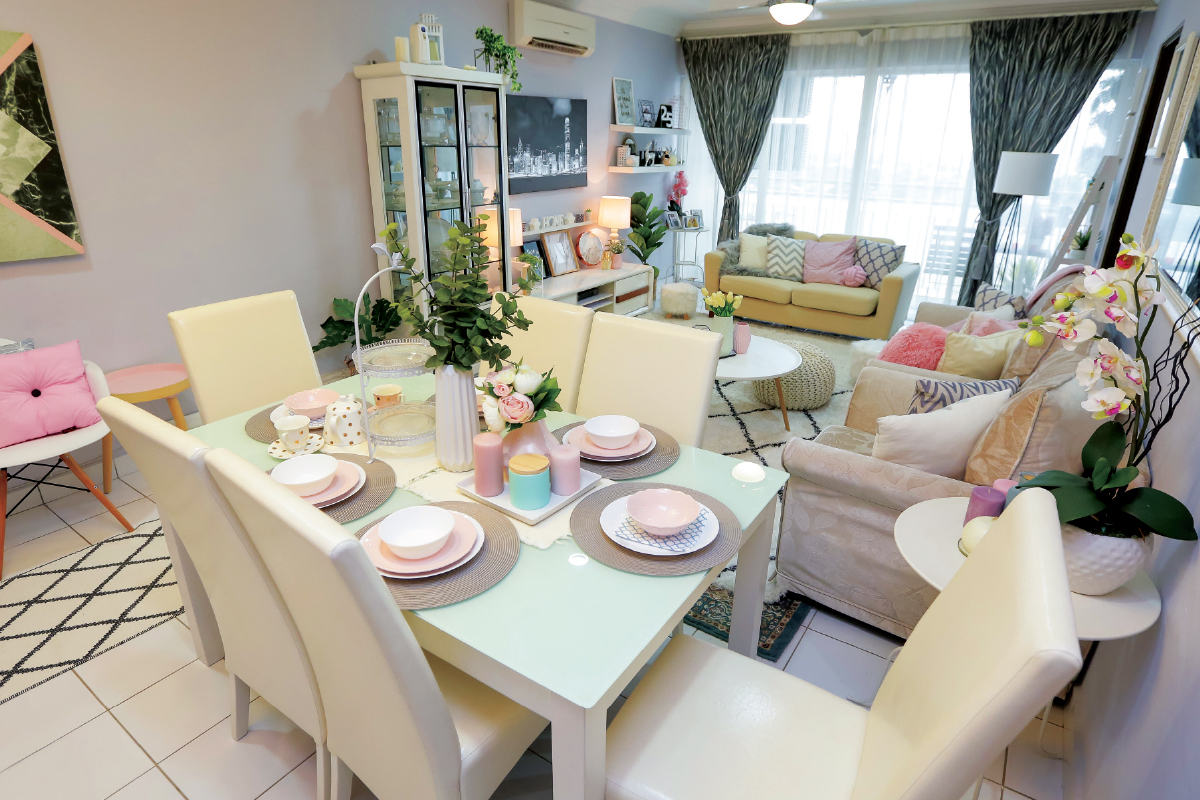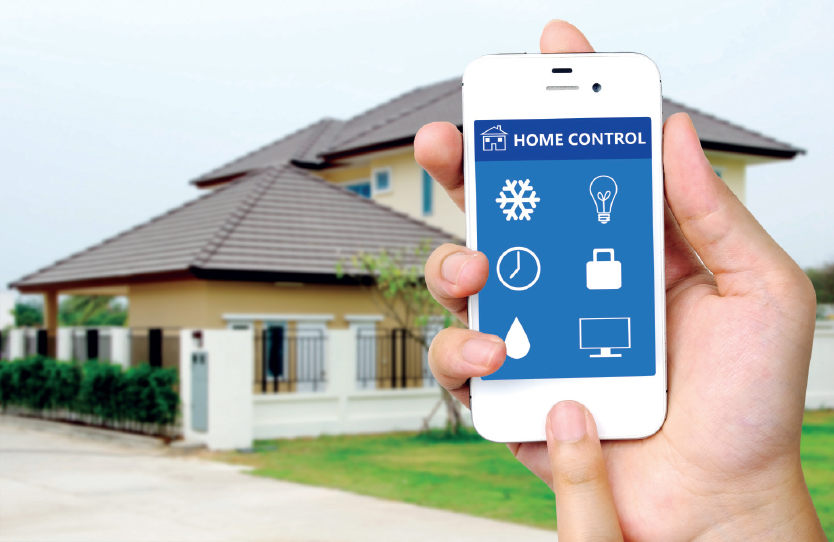
This article first appeared in City & Country, The Edge Malaysia Weekly on November 2, 2020 - November 8, 2020
We are constantly striving for comfort and convenience in our lives. One of the main areas where that can be achieved is our living space.
“As living standards improve, living spaces have evolved from basic enclosed rooms to family lifestyle-centric spaces,” says Fabian Tan, principal of Fabian Tan Architect.
While the home was used purely for functional purposes before, it has now become an open living area with multiple uses. The boundary between functional spaces has blurred and the home is styled according to an individual’s taste.
Lillian Tay, immediate past president of Pertubuhan Akitek Malaysia (PAM) and director of VERITAS Architects, says there is a greater reliance on electrical appliances such as air conditioning these days.
“I remember when I was young, our classroom windows and doors were left wide open and there was just a fan. We lived well in an environment that was more sustainable in terms of energy and material usage, and had less waste creation,” she adds.
She observes that in the past, Malaysians were attuned to the tropical climate. Living spaces had many windows for natural ventilation and daylight. Now, with climate change and the sustainability movement, she believes the design of living spaces and buildings should go back to how they were before. “Places [and spaces] have to be more breathable.”
Demands then and now
PPC International Sdn Bhd managing director Datuk Siders Sittampalam says modern lifestyles have led to the development of various types of residential properties, from landed to high-rise homes, traditional houses to modern ones, and private to shared spaces, among others.
“The demand for residential properties has changed over the years with lifestyles progressively changing in terms of technology, ageing, environment, design, space and others,” Siders notes.
Unfortunately, there is a mismatch between what people want and what they can afford, points out Nawawi Tie Leung Sdn Bhd managing director Eddy Wong.
“In an effort to keep the price quantum affordable, developers have been building smaller units, albeit maintaining the number of bedrooms. As a consequence, room sizes have become smaller as compared to 10 years ago,” he says.
The development of smaller units, mainly in high-rises, is also due to scarcity of land in city centres, Siders points out. Such units are in demand among young working adults.
Wong observes that despite the smaller unit sizes, more attention is given to design and space planning so as to maximise the utility value. “As a whole, the units are now better designed and space efficient.”
Siders concurs, saying that the exterior and interior finishes play an important role for homebuyers. “Designs were not the main priority when buying a residential property back in the old days.”
Today’s buyers also gravitate towards homes with communal and recreational facilities, say property experts. Another important aspect is technology. Siders says that homebuyers, especially millennials, are more keen on living spaces with technological systems and energy-efficient solutions. As such, more developments are adopting these functions into their designs.
Current living space trends
Sharing and flexibility are two recent trends in living spaces. Co-living, for example, is gaining in popularity.
“It is [tailored] for those who seek to work in expensive cities and want to cut the cost of renting a house. Co-living developments are often managed by companies and are furnished with household conveniences, and people share the common areas such as living room, kitchen and toilet,” explains Siders.
Tan is of the opinion that co-living is suitable for groups such as young students and professionals.
“But as Malaysia is a developing nation, it is difficult for everyone to buy into this type of lifestyle. The higher the social class, the more privacy, exclusiveness and personalisation the individual would want,” he says.
Siders and Wong look at co-living from the perspective of affordability.
“Co-living started off as an affordable housing option where housing costs are shared among like-minded individuals, and there is potential for the concept to gain acceptance wherever there is the issue of housing affordability,” says Wong.
Siders agrees. “Prices of properties will keep increasing and [it will be harder to be able to afford] instalments or rent. Co-living may be an answer to this affordability issue.”
Tay of PAM says the concept of shared living space arises from the high cost of housing. She cites a recent micro housing initiative known as Perumahan Bandar by Kuala Lumpur City Hall (DBKL).
Last year, DBKL repurposed two 7-storey shophouses at Jalan Tuanku Abdul Rahman into dormitory-type shared living spaces for young, single Malaysians who are seeking job opportunities in the city and need an affordable place to rent.
“It is a good initiative but it has to be well managed so that it will not become too dense, as the density might become a public health risk in the future,” Tay warns.
The challenge is to achieve a balance between affordability and creating a conducive living space, with natural air ventilation, that is a safe refuge during a public health crisis, she elaborates.
Siders says another trend is flexible living space. For example, rooms can be changed into home offices, music rooms and guest rooms if need be.
Another trend that he has observed is mini homes. “As house prices keep soaring, property developers will make units more compact by shifting to mini housing, which have more affordable prices. It would mean lower maintenance and utility expenses for buyers or tenants.”
Future living space
Experts agree that technology will be the main influencer of future living space.
“Technology is changing and shaping our lifestyles tremendously, which would in turn shape design as a function of space change. The concept of a space may not even exist anymore in the future, where virtual reality may exist seamlessly with the mind and body. The idea of augmented reality and the cyborg is not far-fetched. Spaces could be recreated in our minds,” says Tan.
Siders believes that, in future, the concept of live, work and play will be integrated with technology. This would mean the use of chatbots, augmented reality, virtual reality, Internet of Things sensors, and in-house applications to optimise operations and communications.
IT infrastructure is a very important component of the house, says Tay. “It should be a basic amenity for everyone to have access to data.”
However, the cost of implementing IT infrastructure needs to be managed. “The government needs to step in to make the hardware and software more affordable. It needs to give tax subsidies or reduce tariffs, taxes and duties on IT hardware and software,” she adds.
Tay also sees a move towards using more sustainable and natural materials in construction. There is a realisation now that bamboo is a fast-growing, hardy and natural material. “Maybe we can look into using it for certain types of lower-rise structures.”
Having said all that, the basis of living spaces is that people will always seek comfort and convenience, says Tan. “Trends and styles come and go, but there will always be an emphasis on basic healthy spaces in terms of layout, lighting and connection to nature.”
Save by subscribing to us for your print and/or digital copy.
P/S: The Edge is also available on Apple's App Store and Android's Google Play.




